10 Food Items You Should Avoid Putting In A Microwave
Save time and stay safe by steering clear of these common kitchen hazards today!
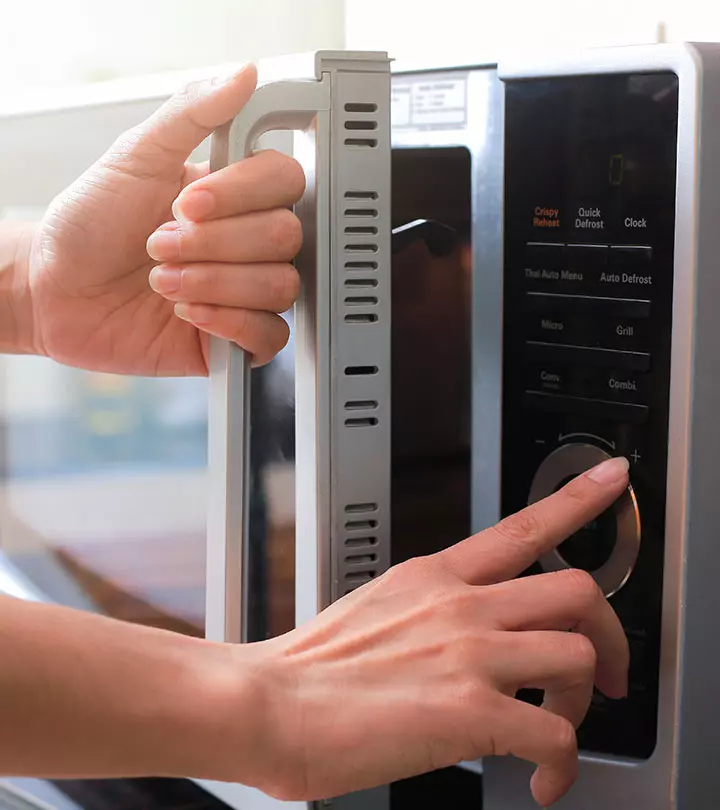
Image: Shutterstock
A microwave is a popular appliance for people with a fast-moving lifestyle, who often don’t have enough time to cook a full meal. This is true for students, office goers, and other busy individuals. But the popularity of microwaves has extended beyond such individuals, with many families using them on a regular basis. It is being used more and more in homes as well as restaurants. Microwaves make it easy to simply put in the food and have it ready within minutes.
From warming up your morning coffee to heating a pizza, a microwave has got your back. It’s also great for reheating bits and pieces of leftover food which are otherwise difficult to heat in a pan.
It is common knowledge not to put metal utensils, aluminum foils, wraps, and plastics in microwaves, as they can lead to fire hazards. However, most of us are not aware that even some food items are not suitable for microwave heating. Heating some food items in the microwave may result in spilling and creating a mess in your kitchen. And worse still, some items may even turn toxic from the electromagnetic heating process.
As such it’s important to know which food items to avoid putting in the microwave. Let’s dive into a list of such food items:
1. Processed Meats
Processed meats contain preservatives which when exposed to radiation can form compounds called Cholesterol Oxidation Products (COPs). COPs have been linked to heart and liver-related diseases (1). So when it comes to hams and sausages, grilling or stovetop heating is the better choice.
2. Whole Eggs
Raw eggs in shells are absolute no-nos when it comes to heating in a microwave. Steam can build up inside the eggs causing them to explode. This can result in a big mess, or worse still, cause injury to you while handling or eating them.
3. Plain Water
Heating water in microwaves is quite common. Though it doesn’t have any health issues, there is a certain risk factor. When heated in a microwave, the temperature quickly surpasses the boiling point of water. This superheating results in the formation of hot spots filled with steam. This superheated water has a chance of erupting and causing injury. As such, it’s better to heat water in traditional ways.
4. Breast Milk
Similar to heating water, breast milk or formulas can have localized superheating in a microwave, resulting in hot spots. As the milk is meant for babies, it is better to avoid any risk. It is better to heat milk in a pan the traditional way for your baby.
5. Rice
Rice is one of the food items that should be strictly avoided being heated in a microwave. This is especially true in the case of raw rice. Research has shown that microwave heating isn’t effective at killing certain bacteria present in rice pores (2). When left at room temperature, the bacteria can multiply and have harmful effects on our guts.
6. Cooking Oils
Most cooking oils like olive oil and vegetable oils are actually fats and not liquid. A microwave doesn’t provide effective heating of cooking oil. The temperature achieved will not be enough to fry your food. Cooking oils are better heated on flame or induction.
7. Grapes
When grapes are put in a microwave, it turns into an odd-looking plasma. However, you should not try to eat it as pockets of steam have a tendency to burst and cause burns. It’s also quite common for grapes to burst inside the microwaves before you have a chance to take them out.
8. Sauces
If you’re planning to heat some sauce in the microwave, be ready for a spill show. Like other liquids, sauces undergo uneven heating in microwaves. This results in heat pockets which can pop and cause spills. While cleaning a water spill is quite easy, the same cannot be said for sauces. Better to heat them on the stovetop instead of dealing with a potential mess in your kitchen.
9. Red Peppers
Red pepper contains a chemical known as capsaicin which gives it a fiery taste. Capsaicin can have a volatile reaction when put in a rapid heating environment like the microwave. This can spread out into the air causing irritation and stinging to your eyes. Also, it’s common for the peppers to catch flame and get too burned for eating.
10. Leafy Veggies
Leafy vegetables like spinach, celery, and turnips might not be suitable for microwaves. This is especially true in the case of reheating. Leafy veggies contain nitrates that can go through chemical transformations when subjected to electromagnetic heating. Since they might turn toxic in some cases, it’s better not to heat them in microwaves.
In addition to the above food items, we should generally avoid heating food in plastic containers. In plastic containers, there is a chance of chemical contamination which can seep into the food. As for reheating food, many food items seem to lose their nutritional value when reheated multiple times. As such, reheating should be kept to a minimum.
A microwave is a handy appliance that can help us quickly prepare a meal. Barring certain items, microwaves are adept at handling a variety of food items. What are your views on using a microwave for preparing food? Feel free to share your views with us in the comments section below.


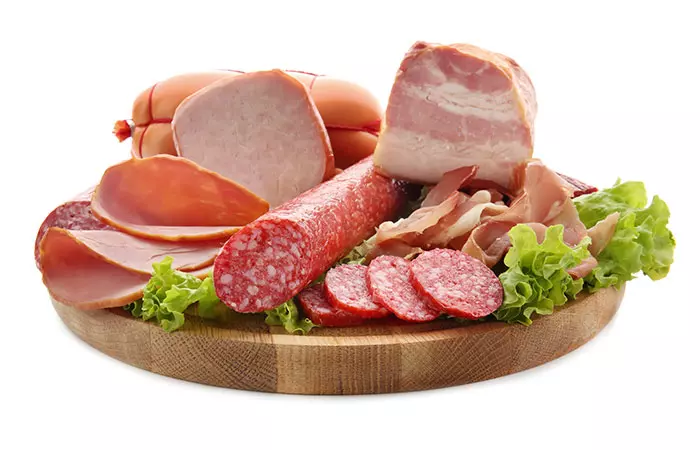
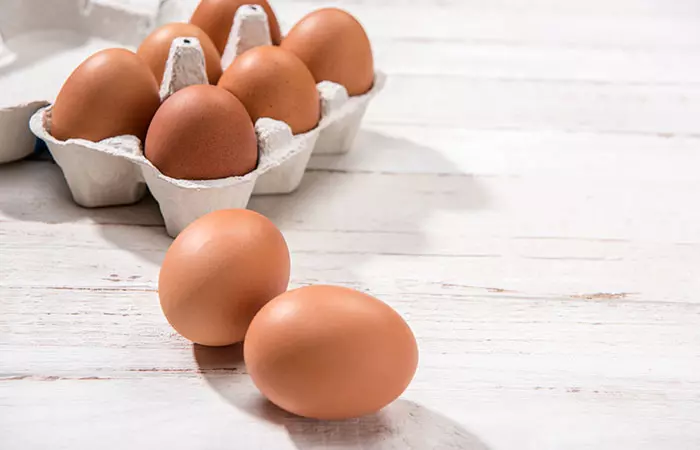

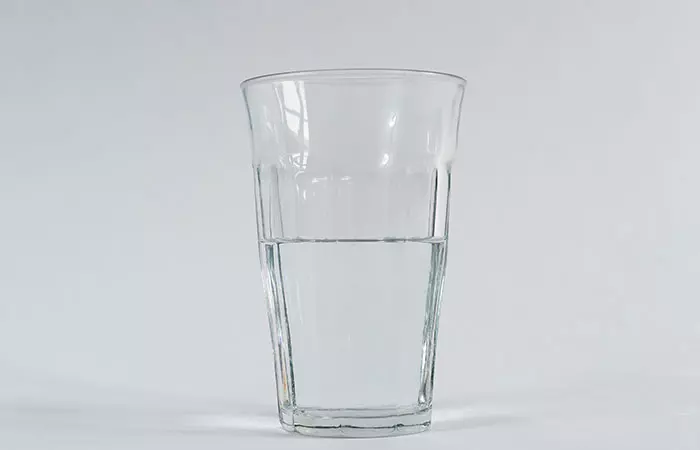

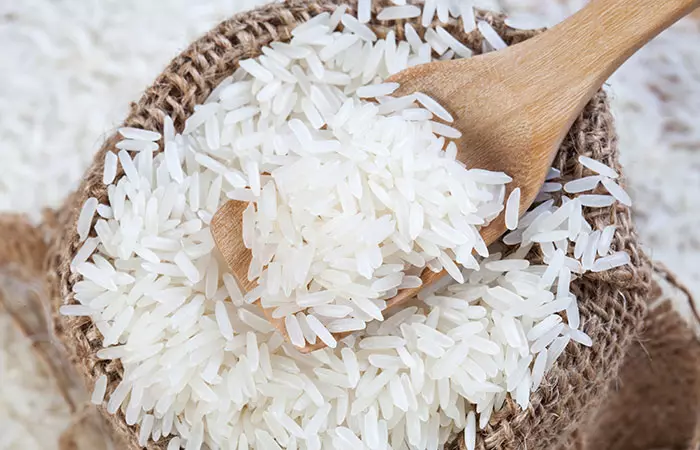
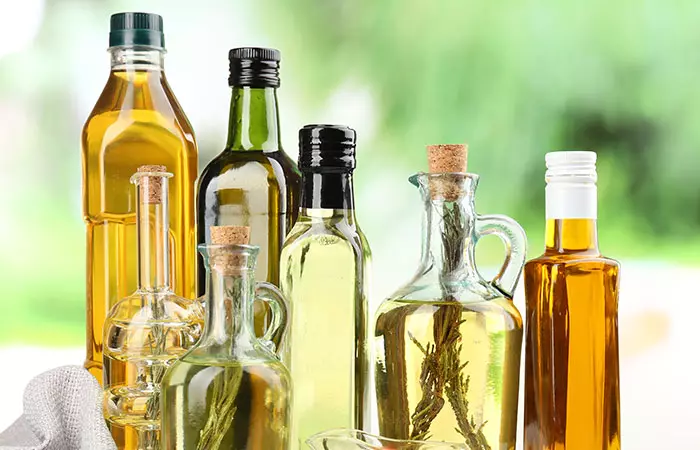
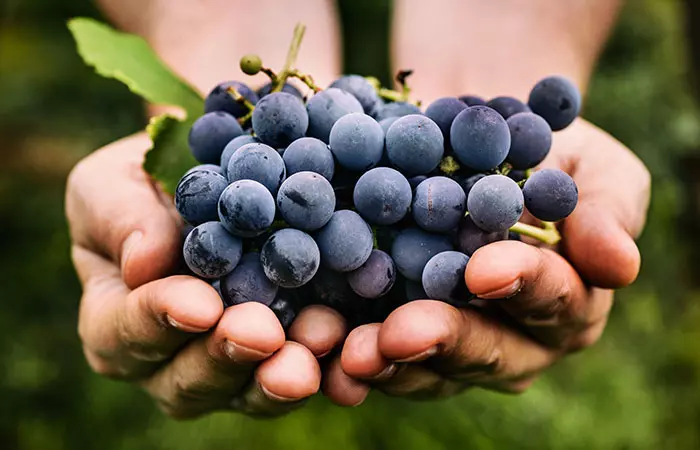
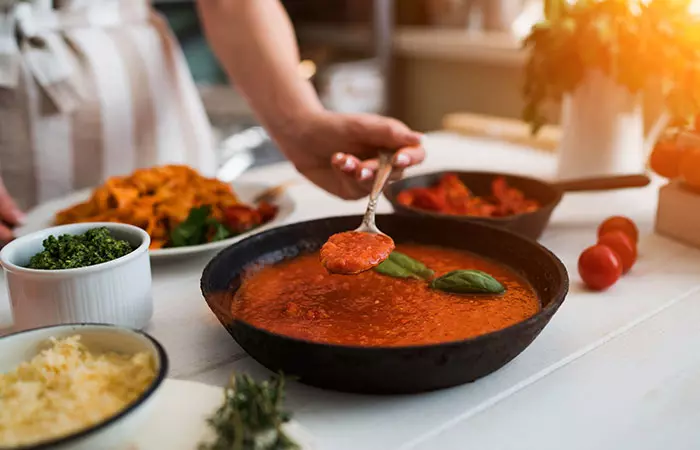
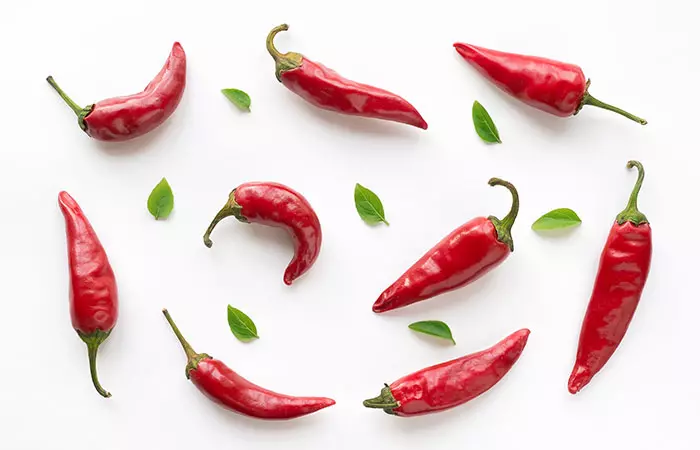
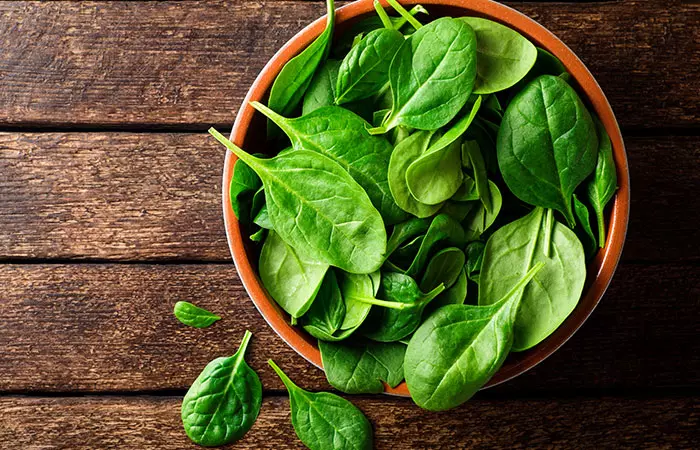
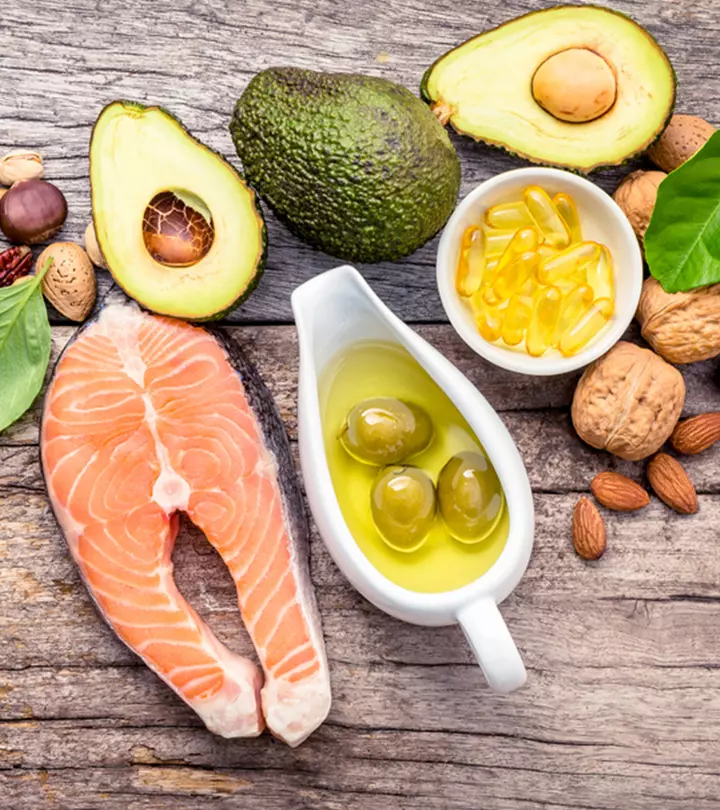
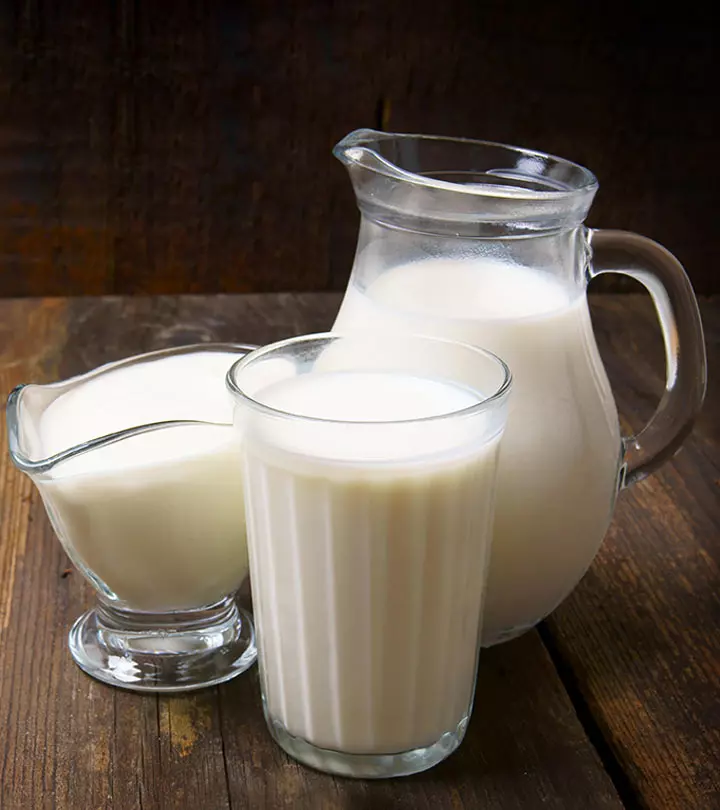


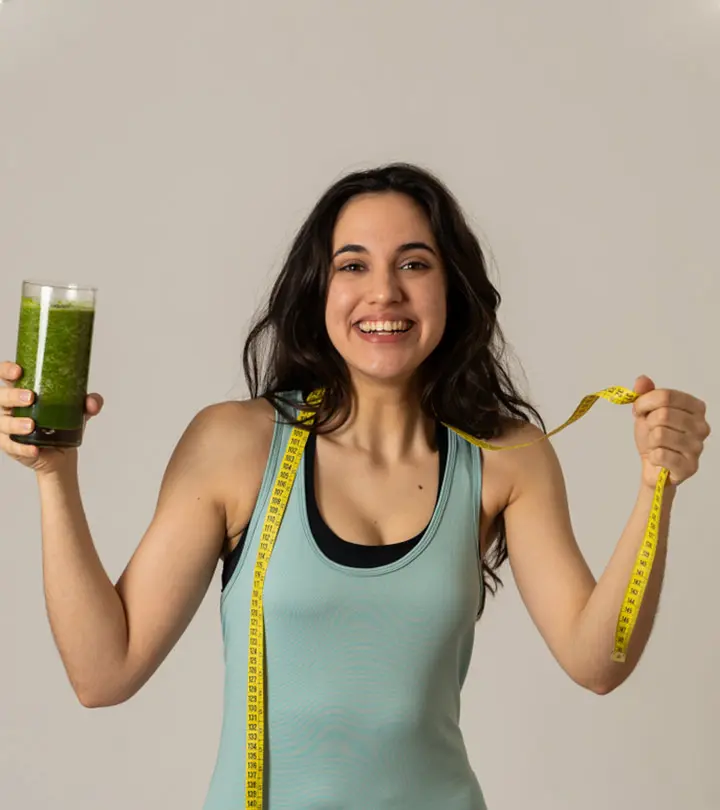

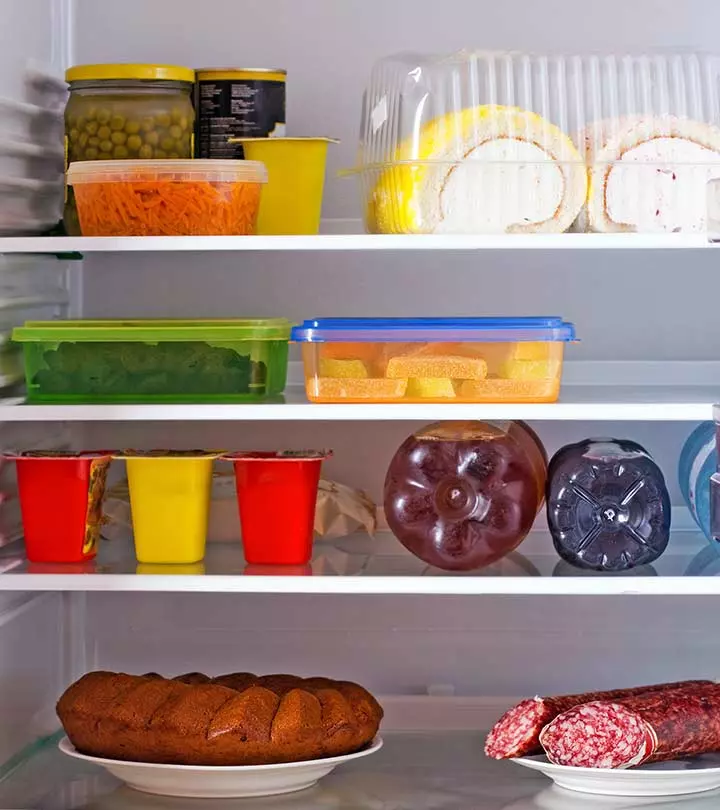




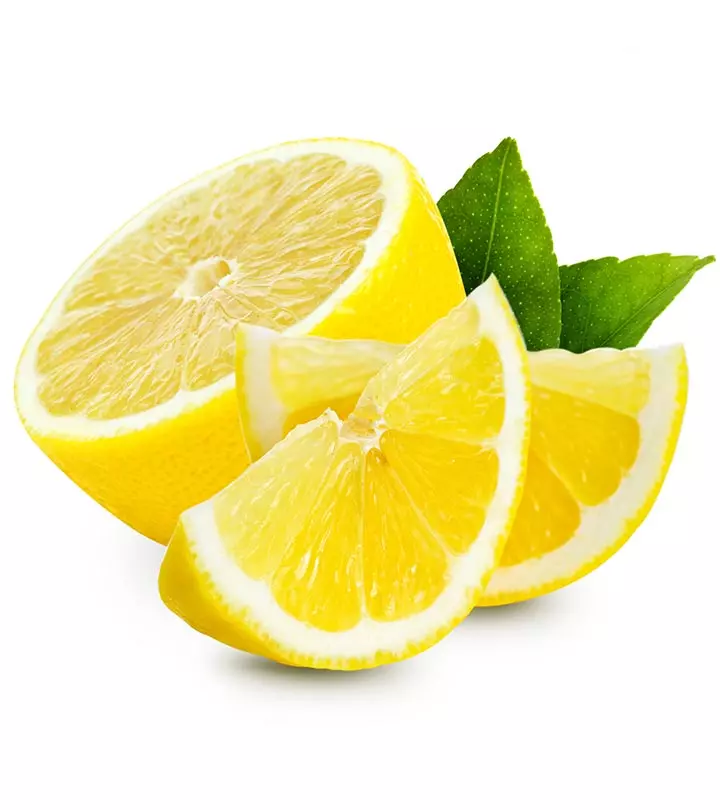

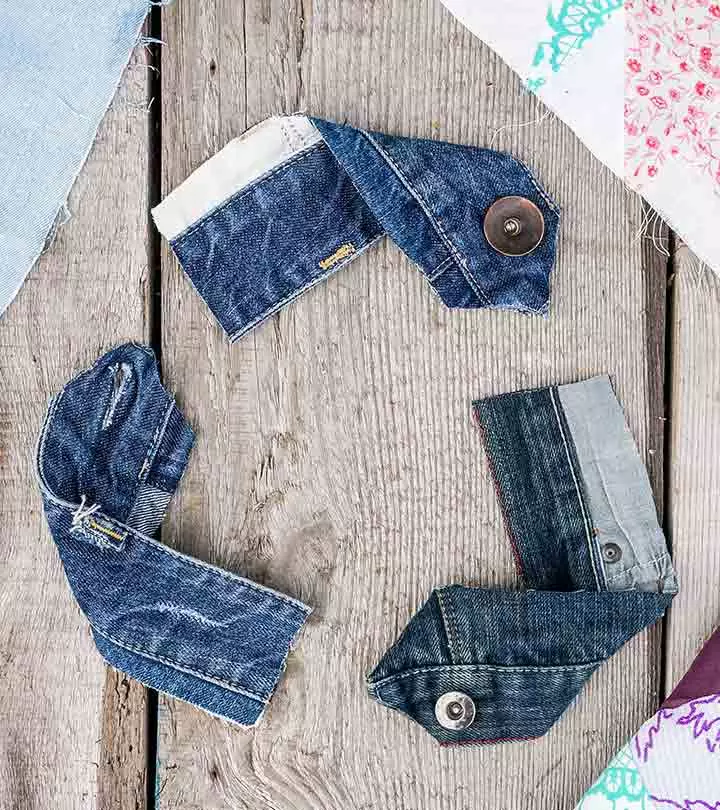








Community Experiences
Join the conversation and become a part of our empowering community! Share your stories, experiences, and insights to connect with other beauty, lifestyle, and health enthusiasts.